Last updated on March 9th, 2023 at 05:21 am
The Cold War was a time of great tension and fear between the United States and the Soviet Union. It lasted for more than four decades before it finally ended in 1991.
Throughout this period, many significant changes occurred in the modern world. The Cold War affected not only the two superpowers fighting it but also many other countries. There are many reasons this conflict ended, some of which were more significant than others. Let’s discuss how The Cold War started and ended.

The Stage Is Set For The Cold War
After World War II, many other countries were in shambles, but the USSR and the United States came out with strong military and industrial power. This led to them being the two superpowers of the time, although with very different ideologies.
So naturally, as time passed, competition between Communism, the ideology of the Soviet Union, and capitalism, the ideology of the United States, grew.
Additionally, Russia held a severe grudge against America for refusing to treat them as legitimate partners in the international community.
It also didn’t help that America played the neutral card, delaying their entry into World War II, which resulted in the loss of millions of Russians. Through a series of events, the United States eventually joined the war.
The Catalysts That Led To War
Despite Franklin D. Roosevelt proclaiming that America would be neutral during World War II, circumstances would soon force his hand. Germany was relentless in its pursuit of world domination.
During this time, FDR wanted to aid the countries already at war with Germany and Japan. However, several roadblocks prohibited his intentions.
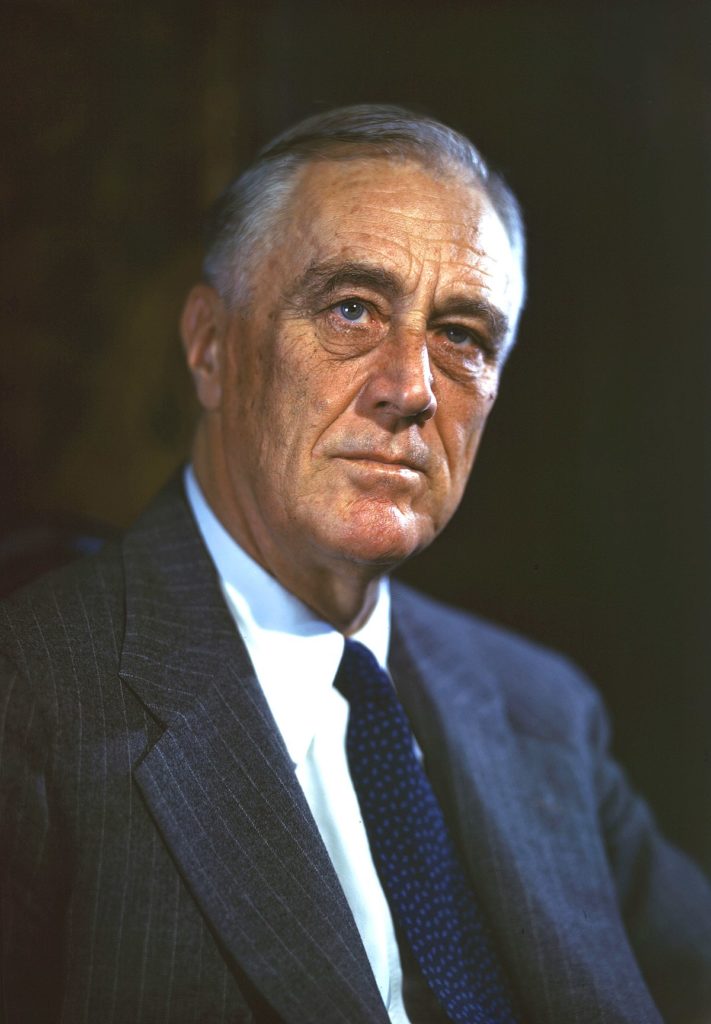
The first catalyst was the American public, who demanded neutrality after witnessing the horrors of World War One. The American military also believed that Great Britain would soon surrender and any supplies sent to them would fall into the hands of Nazi Germany.
The second catalyst was American laws prohibiting the assistance of allies at the time. The Neutrality Act of 1939 allowed the U.S. to sell arms to any country at war as long as the countries did not use the weapons in hostilities against America.
This doesn’t include the Johnson Act of 1934, which prohibited the extension of credit to countries that had not repaid U.S. loans during World War I. Unfortunately, this included Great Britain, which needed military goods, raw materials, and food from the United States.
The third catalyst was Great Britain’s inability to pay for any supplies they needed. This made it difficult for Roosevelt to gain support for his policies.
In September of 1940, Roosevelt signed the “Destroyers for Bases” agreement. Under these terms, the United States would give the United Kingdom 50 aging destroyers in return for the rights to access military bases on British possessions in the Atlantic for 99 years.
He wanted to gift these destroyers to the British, but he knew that Americans and Congress would not entertain such a deal.
This deal allowed Roosevelt to skirt the law and provide supplies in September of 1940 through the Lend-Lease Bill. The bill permitted American interests in defeating Nazi Germany without fighting to take root while they helped their allies at the same time. Unfortunately, Japan’s fourth and final catalyst would come not long after.
The fourth and final catalyst was Japan’s attack on Pearl Harbor on December 7th, 1941. This event forced the United States to enter World War II. Roosevelt had been trying to dissuade the Japanese aggression in the Pacific for months through embargoes and other economic sanctions.
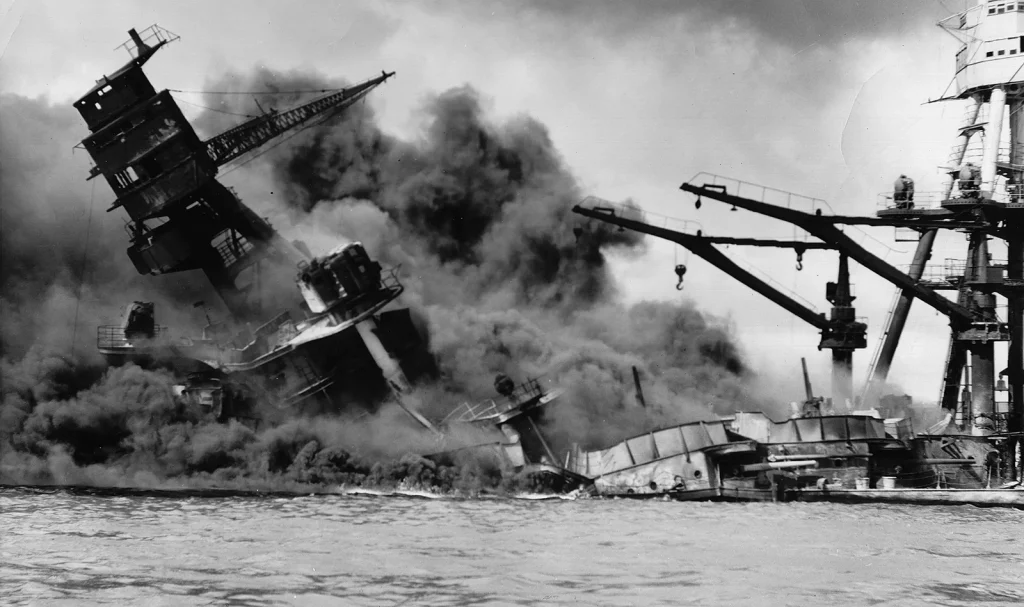
The attack on Pearl Harbor would serve as a rallying point for Americans still on the fence about getting involved in the European conflict. The United States declared war on Japan the day after the attack, with Germany and Italy declaring war on America shortly afterward.
A Bitter Taste
After World War II, both America and Russia had different plans. The United States wanted to contain communism, while Russia wanted to spread it throughout Europe.
As a result, the two rivals were constantly at odds. Americans feared Soviet expansionism, and the Russians despised America’s treatment of them and how they continued to shun them from the international spotlight through its many interventions. These two ideologies conflicted with each other, which was the basis for the Cold War.
The Stages of the Cold War
The Cold War spanned nearly five decades and went through several stages. During this turbulent time, many countries were affected worldwide, but its length of history makes it hard to follow. So, it makes sense to divide it into distinct stages in this regard. These stages were:
- The Cold War: “Containment”
- The Cold War: The Atomic Age
- The Cold War: The Space Race
- The Cold War: The Red Scare
- The Cold War: The War Abroad
- The Close of the Cold War
The Cold War: “Containment”
America’s policy of “containment can define the first stage of the Cold War.” The goal of containment was to prevent the spread of communism.
America did this through various means, including economic aid, military support, and propaganda. America’s reasoning behind containment was that if communism were allowed to spread, it would eventually threaten the American way of life.
One of the most famous instances of American resistance to communism during this period was the “Long Telegram,” where George Kennan explained that the Soviet Union was not interested in co-existing with the West but instead wanted to destroy it.
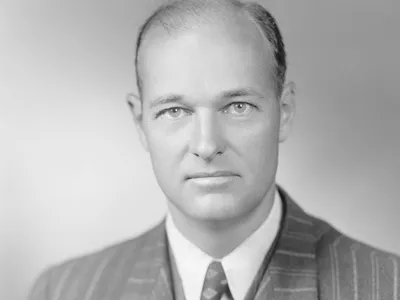
This would lead to America’s policy of “containment,” a solid and patient effort to crush expansive Russian tendencies. His message to Congress in 1947 was the cornerstone of American foreign policy for the next four decades.
The Cold War: The Atomic Age
We can define the second stage of the Cold War by developing and using nuclear weapons. This period is often referred to as the “Atomic Age.” The development of atomic weapons changed the landscape of warfare. For the first time in history, a single weapon could destroy an entire city. Containment gave America permission to develop nuclear weapons.
In 1950, President Truman recommended that the country use nuclear weapons to stop communist expansion wherever it occurred. Afterward, this resulted in a defense spending budget quadrupling the number of previous years.
The United States was the first to develop nuclear weapons and used them against Japan in 1945. However, the Soviet Union would build its nuclear weapons a few years later.
This would lead to a nuclear arms race between the two superpowers. In 1949, the Soviets tested their atom bomb, and in response, Truman announced that the United States would develop the Hydrogen bomb or the “superbomb.”
The United States tested the first H-bomb in 1952 at the Eniwetok atoll in the Marshall Islands. The test proved just how devastating the bomb could be as the island was vaporized as a 25-mile fireball blew a hole in the ocean floor.
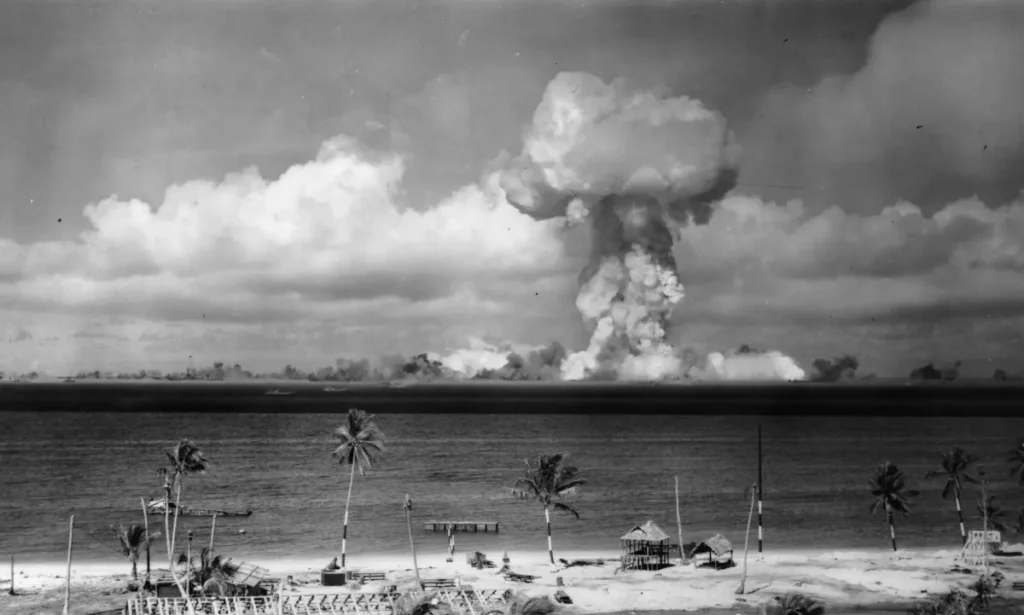
The bomb itself could destroy half of Manhatten. During this time, the Soviet Union and America tainted the world’s atmosphere with radioactive waste.
This development caused a lot of fear and anxiety among the American people and fundamentally altered daily life. The government responded by building bomb shelters and creating public service announcements on what to do in the event of a nuclear attack. Schools performed attack drills, and families built bomb shelters in their backyards.
The Cold War: The Space Race
The third stage of the Cold War can be defined as the “Space Race.” This was a competition between America and the Soviet Union to see who could gain the most technological advances in space exploration.
The Space Race began after Russia launched Sputnik, the first man-made satellite, in October 1957. The capabilities of the Soviet Union were not a pleasant sight to behold for America and its allies.
In response to Sputnik, the United States created and launched its satellite in 1958, known as Explorer I. The military designed the rocket under the supervision of Wernher von Braun, a former Nazi scientist recruited during Operation Paperclip. President Dwight Eisenhower established the National Aeronautics and Space Administration (NASA) that year.
The goal of NASA was to catch up to the Soviet Union in space exploration and explore the military applications of space. This competition would lead to some of the most significant technological advances. However, the Soviet Union launched the first man into space in April 1961.
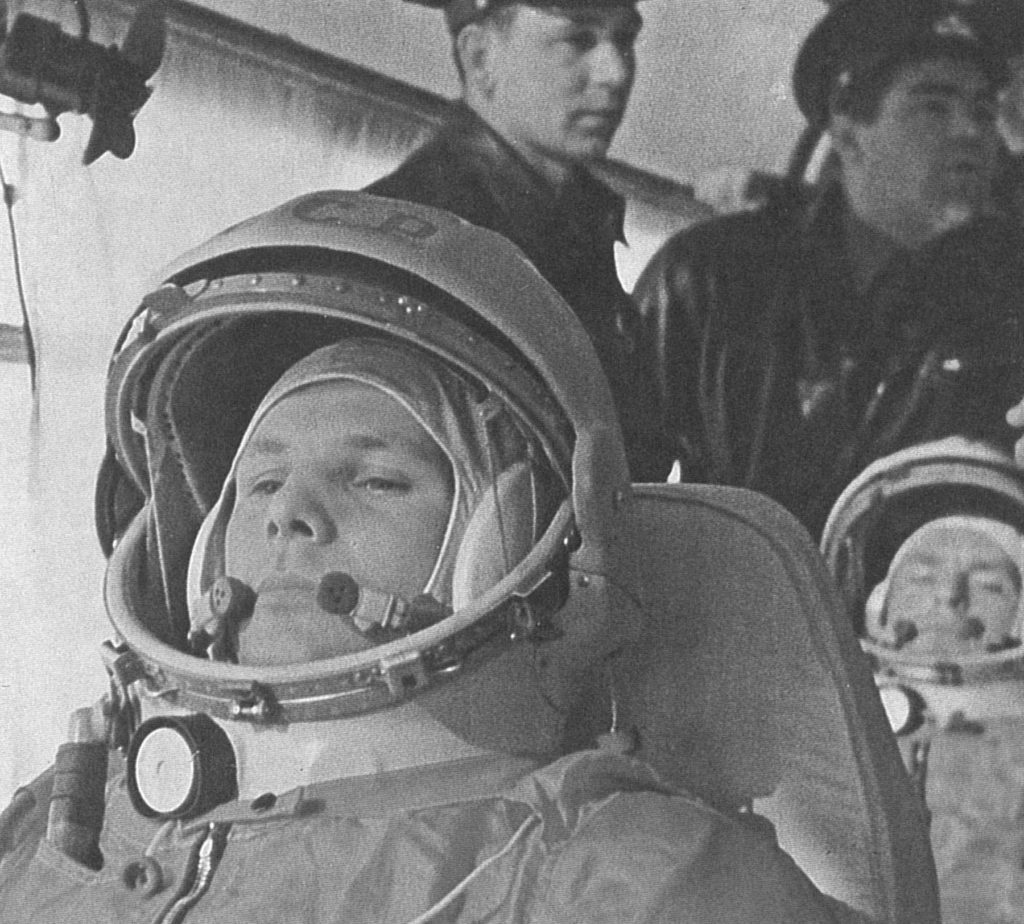
Despite this upset, Alan Shepard became the first American in space that May. NASA quickly responded by launching John Glenn into orbit around Earth in February 1962.
The Space Race would continue for years, with both sides making significant advancements. Moreover, President John F. Kennedy boldly stated that the United States would be the first country to land a man on the moon and return him safely to Earth.
The United States would eventually make good on Kennedy’s promise, and in July of 1969, Neil Armstrong became the first human being to walk on the moon.
The Space Race ended with both sides having achieved outstanding accomplishments. However, it was the United States that reigned supreme and claimed victory.
The Cold War: The Red Scare
This stage of the Cold War first began in 1947 when the House Un-American Activities Committee (HUAC) began a series of hearings dedicated to proving that Communists infiltrated Hollywood and various other installations.
The purpose of the HUAC hearings was to investigate whether or not people in the film industry were members of the Communist Party and, if they were, to get them blacklisted.
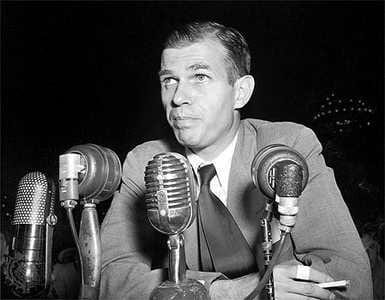
During these hearings, HUAC called many people to testify. Some people proved they were not Communists, while others refused to answer questions citing the First Amendment.
Even federal and state employees weren’t safe from the HUAC. The anti-communist rhetoric would force these proceedings to justify making people testify against their colleagues and recite “loyalty oaths.”
The Red Scare began to wind down in the early 1950s. This was partly because of Joseph McCarthy’s passing.
The Cold War: The War Abroad
The Cold War was fought through technology and propaganda, and proxy wars. Proxy wars are conflicts in which two superpowers support opposing sides to prevent the other superpower from gaining more influence.
One of the most significant proxy wars during the Cold War was the Vietnam War. It was a time of struggle between the 1960s and early 1970s when America fought the spread of Communism in the world.
President Kennedy believed that Communist China was actively supporting North Vietnam, so he approved a military campaign in Vietnam. As the U.S. pressured the North Vietnamese armies during the conflict, the USSR and China increased their assistance for supplies along the Ho Chi Minh Trail.
American forces tried to destroy this supply line but could never find it. Despite lending reserves to opposition forces, the USSR and China did not participate directly.
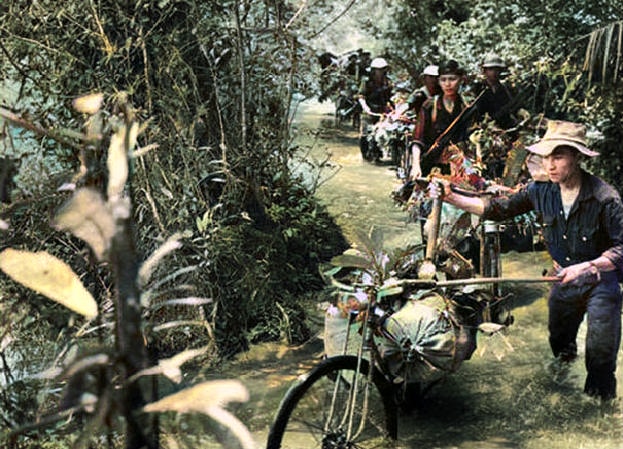
Through carpet bombing raids ordered by President Nixon, the war efforts eventually pushed the conflict to peace negotiations. In 1968 negotiations began in Paris, and soon the Paris Agreements of 1973 allowed the United States to pull out of the Vietnam War. Unfortunately, this conflict escalated tensions, further souring relations between the USSR and China.
The Close of The Cold War
The 1980s brought about significant changes in the world, mainly through President Nixon. Using the United Nations, Nixon chose to recognize the communist Chinese government in a diplomatic effort to cool tensions with Beijing.
At the same time, Nixon adopted a policy of “detente” with the USSR. Following these actions, Nixon signed the Strategic Arms Limitation Treaty (SALT I), which prohibited the production of nuclear missiles by both sides.
Signing the treaty was an active step toward de-escalation. Afterward, new leaders arose in the Soviet Union and the United States. Mikhail Gorbachev became the leader of the USSR in 1985, and he quickly began to implement his policies of Glasnost and Perestroika.
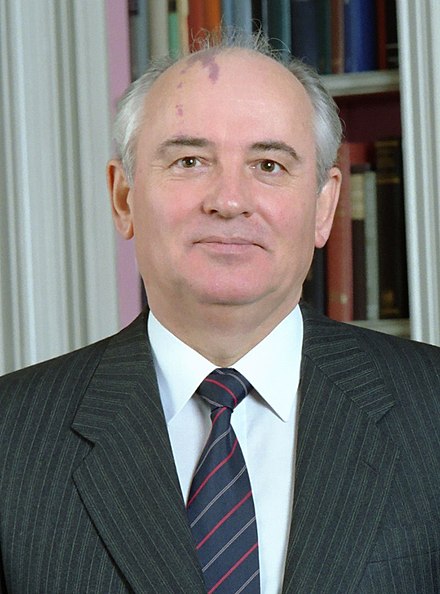
Gorbachev’s policies of Glasnost and Perestroika signaled a new era for the USSR. Glasnost was a policy of openness and transparency, while Perestroika was a policy of economic reform.
These changes quickly began to dismantle the Soviet Union as a whole. As a result, the Communist Party lost its grip on power, and the Soviet Union became more open to the rest of the world.
Even so, President Reagan believed that the spread of communism threatened freedom and supplied anti-communist efforts with aid. However, this increase in tensions didn’t last.
By 1991, the Soviet Union had collapsed entirely, and the Cold War ended. The United States emerged as the sole superpower in the world.

The End of The Cold War And The Future
The Cold War was a time when the world was in a state of constant fear. The tension between the Soviet Union and the United States led to an arms race, proxy wars, and, finally, the collapse of the USSR. Glasnost and Perestroika were two significant policies that signaled the end of the Cold War. These policies led to events that eventually dissolved the Soviet Union.
Be that as it may, it’s challenging to disregard the historical importance of this conflict. As Russia becomes more assertive on the world stage, it’s important to remember the past lessons. Of course, the future is always uncertain, but hopefully, we can learn from history and avoid another Cold War.


Quick fact the ideology that when one country fell to communism the others would fall with it was called the domino theory and it was one or the reasons many of the proxy wars were fought